A Leap Of Leopards
- At October 28, 2013
- By Rosemary Wright
- In Guest Writers
 5
5
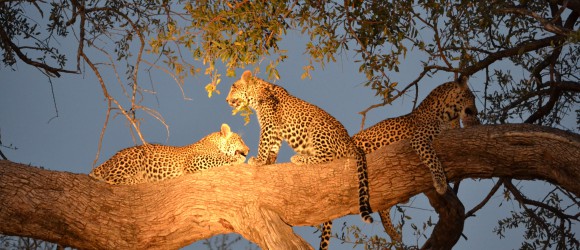
A Leap Of Leopards
Read Lando Howard’s article on an amazing experience he had with A Leap Of Leopards. The experience a most memorable series of sightings. I was fortunate to recently spend 10 days in the Timbavati Game Reserve in South Africa, on an internship gaining experience in lodge management and field guiding at Simbavati River Lodge.
https://www.facebook.com/Simbavati
My experience encompassed joining field guides and trackers on game drives as well as assisting with the daily lodge management duties. It was on my first game drive that the beginning of a series of amazing leopard sightings commenced.
Day One:
On the first evening we encountered a mother leopard called Ntombi – as well as her cubs – feeding on an impala kill. One cub is quite bold and comfortable around the game viewing vehicles, but the other is still shy and generally hides in nearby thickets. Ntombi actually gave birth to three cubs approximately nine months ago, but unfortunately one of the cubs did not survive and it is suspected that it succumbed to a snake bite. Leopards generally have two or three young at a time, as this increases the chances of at least one surviving.
The interaction between Ntombi and the bolder of the two cubs at the impala kill was the first time I had witnessed a mother leopard and her cub feeding, accompanied by vocalisation from both mother and cub. The shy cub was nearby, but did not come out to feed while we were present.
Mother leopards will leave their cubs hidden away while they go off hunting. After a successful hunt the mother will generally hide the kill and then lead the cubs to it; as had happened in this instance. Cubs will not be involved in the hunt until they are about eleven months old, although the cubs may start observing the hunting techniques by accompanying the mother when they are about nine and a half months old. It is therefore anticipated that the cubs will soon start accompanying Ntombi on her hunts.
Day Two:
We again encountered Ntombi and her cubs on the following day’s evening game drive. This time they were lazing around near a waterhole, with Ntombi and the bolder cub lying on the branches of a fallen tree and the shy cub hiding nearby. The shy cub eventually became comfortable with our presence, which resulted in the most amazing sighting I have ever witnessed …
Ntombi decided to move off towards a large leadwood tree. Our guide and tracker thought that she was merely going to mark the tree, but then she proceeded to climb it. She climbed the tree with ease, leaping from one branch to the next with the grace of a ballet dancer, as if weightless. The dewclaws of leopards are placed quite high up the wrist, which makes it easier for them to climb trees as well as hoisting heavy prey into the trees so as to prevent large scavengers from accessing the prey. In this instance Ntombi was not hoisting up prey, but teaching her cubs how to climb. She called out to the cubs upon reaching her position on the largest branch.
Within minutes the two cubs showed an interest in their mother and decided to clamber into the tree after her. First up was the bold cub, followed minutes later by the shy cub (who found climbing a little bit more difficult than its sibling). It was an amusing affair watching the two cubs carefully find their way to the upper branch that their mother had chosen as her resting place. Eventually, after a scramble by the cubs, all three leopards found themselves lying next to each other in the tree.
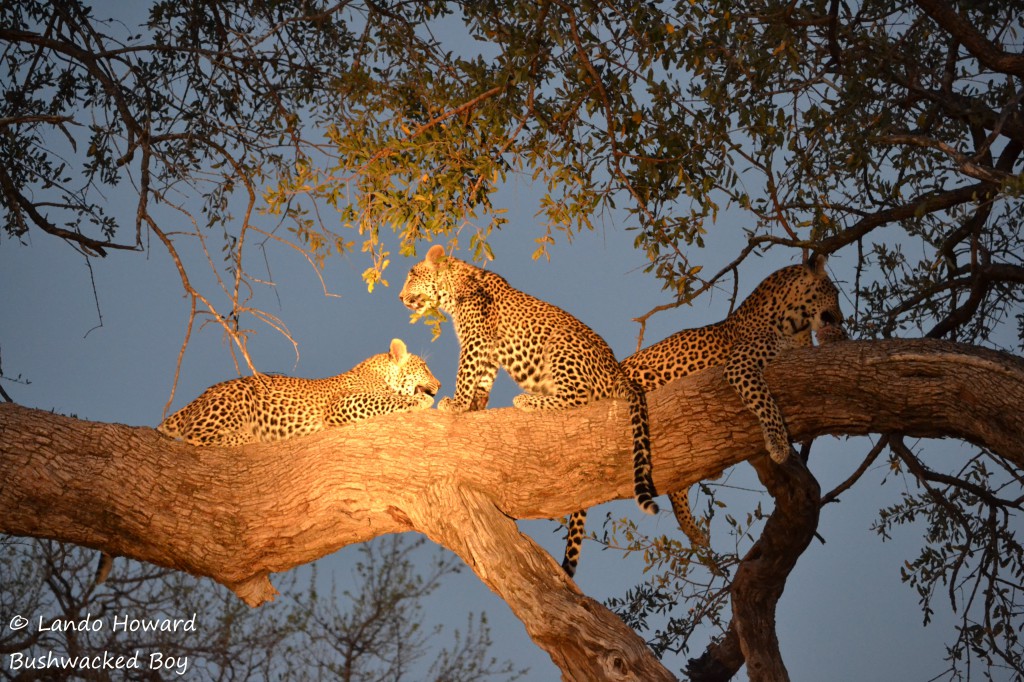
The sun was setting behind us, leaving all three in the upper branches of the leadwood to enjoy the sunset while lovingly grooming each other. Some time passed and they eventually left their perch, with both cubs tentatively choosing the safest way down. Ntombi’s exit from the tree was executed in the same efficient manner as her climb upwards. The three large cats left us with a stunning silhouette while moving off into the darkness.
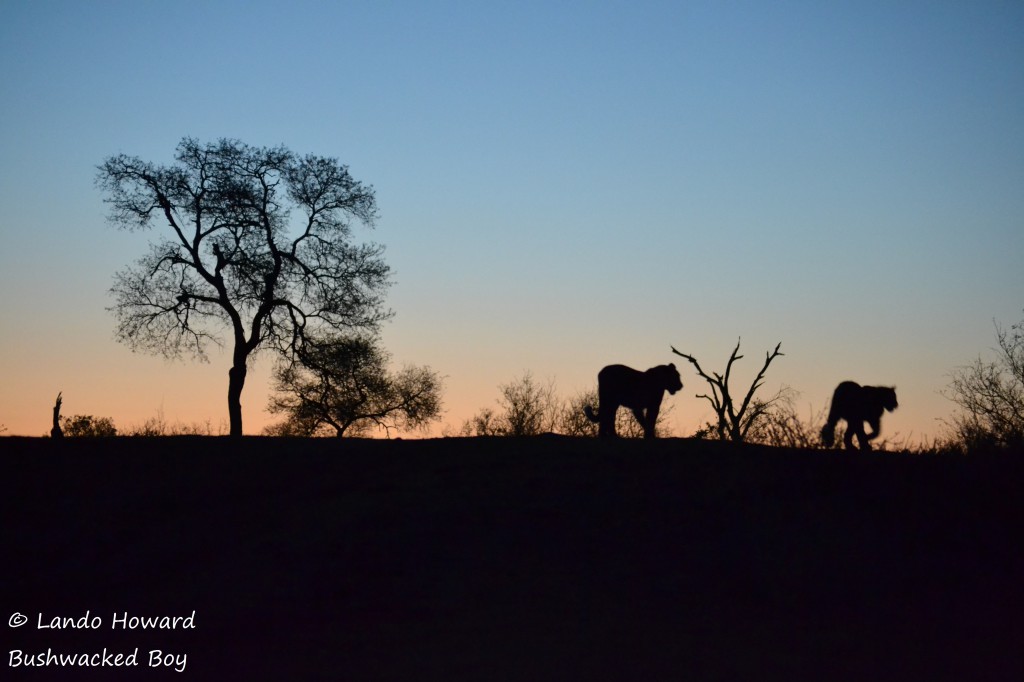
Day 3:
Surprisingly, we again found Ntombi the following morning. This time another leopard had made contact with her – an adult male called Argyle Male. Argyle Male is one of the largest leopards on the reserve and he was unfortunately not in a passive mood. He was attempting to locate and kill Ntombi’s cubs.
As horrifying as it seems, infanticide is relatively common in nature. It often occurs when a male takes over a new territory and kills the young to which he is not related. Males have a sound reason to kill cubs as it brings the mothers back into heat, allowing the males to sire their own cubs. It is unknown how the males know which cubs are their own and it is unlikely that the males recognize each cub by scent. It is more probable that the males remember individual adult females and whether they have interacted with each other before.
Ntombi was on the defensive throughout the encounter and was attempting to distract Argyle Male from his intentions, reacting in a somewhat submissive but firm manner. Ntombi also managed to land some vicious paw swats to Argyle Male’s face. Eventually, with the assistance of one of Ntombi’s cubs from a previous years’ litter, Argyle Male left Ntombi alone. He was furthermore fortunately distracted later in the morning, as he killed a civet and this seemed to have provided an outlet for his built up aggression towards Ntombi and her cubs.
All who have witnessed Ntombi and her cubs are hopeful that she will successfully raise both of them to sub-adulthood and that they will then proceed to establish territories of their own in the Timbavati.
So this Leap of Leopards (leap means a company/group) was Lando’s highlight of a great trip!
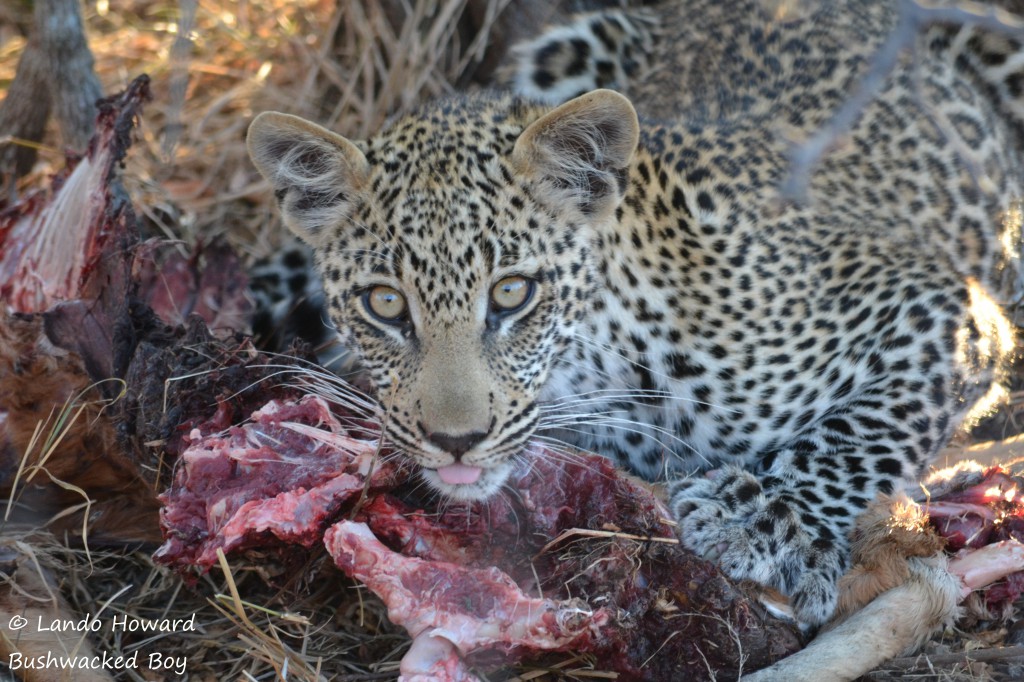
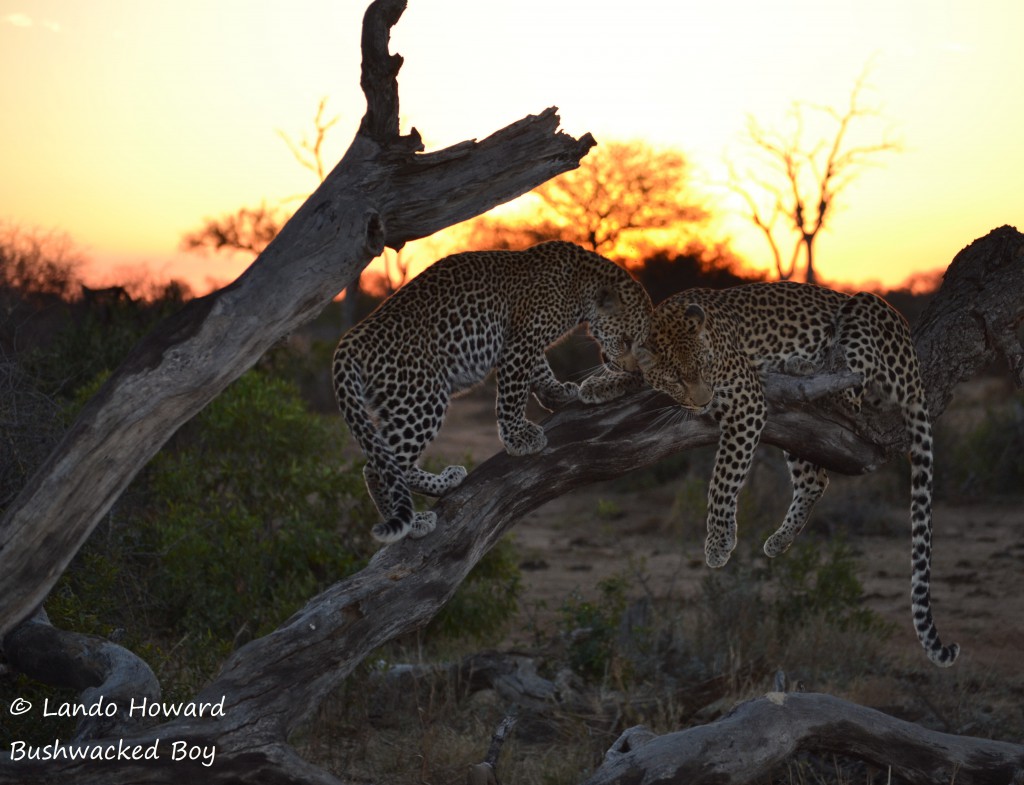
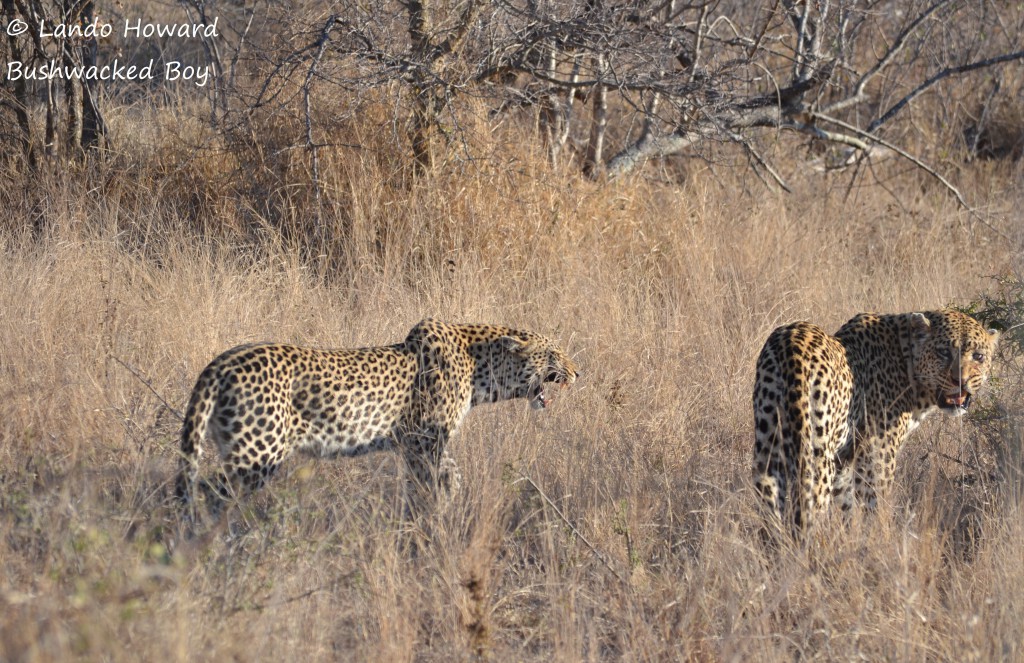
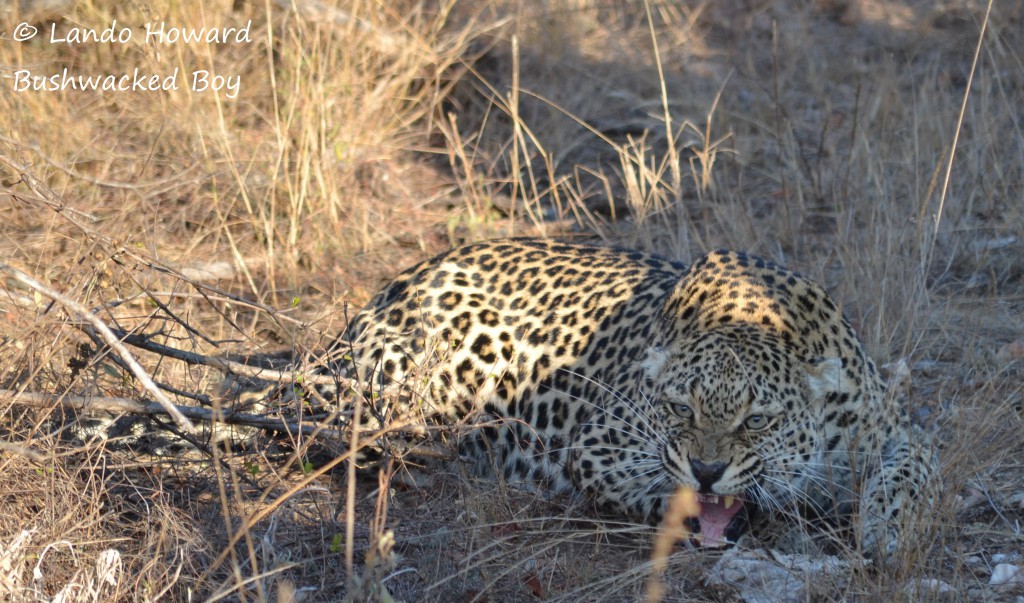
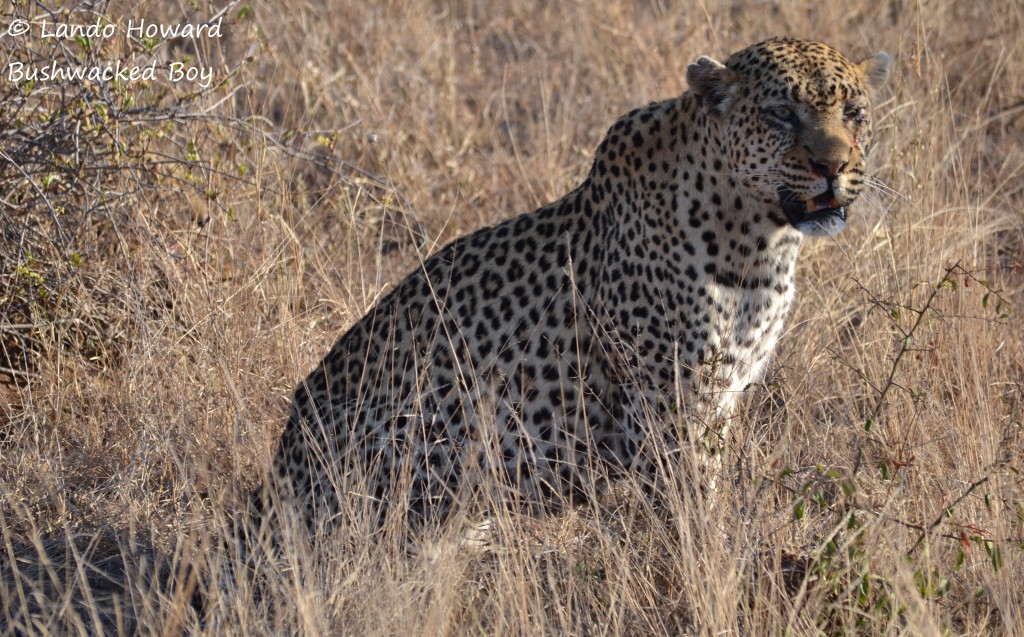

Follow – A BEATING HEART